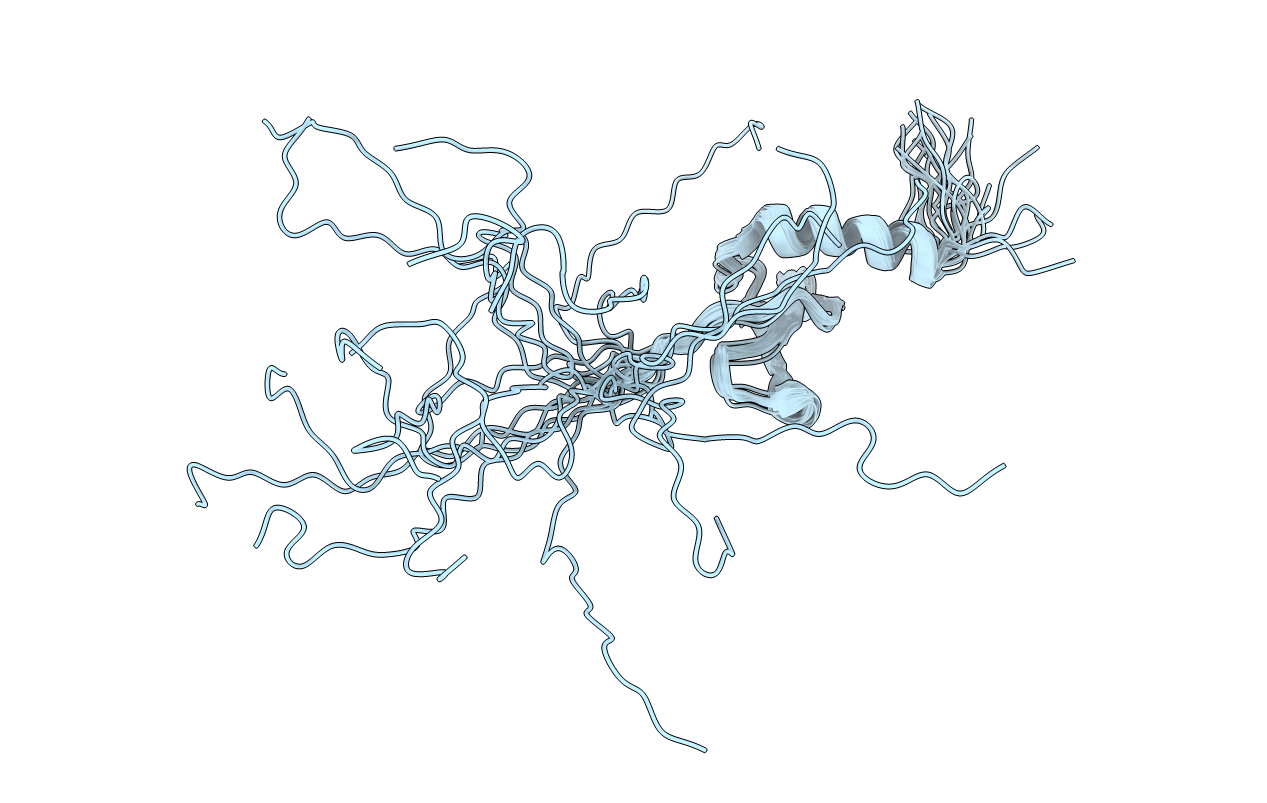
Deposition Date
2015-12-18
Release Date
2016-03-16
Last Version Date
2024-10-30
Entry Detail
PDB ID:
2RVM
Keywords:
Title:
Solution structure of the chromodomain of HP1alpha with the phosphorylated N-terminal tail
Biological Source:
Source Organism:
Mus musculus (Taxon ID: 10090)
Host Organism:
Method Details:
Experimental Method:
Conformers Calculated:
600
Conformers Submitted:
20
Selection Criteria:
structures with the least restraint violations


